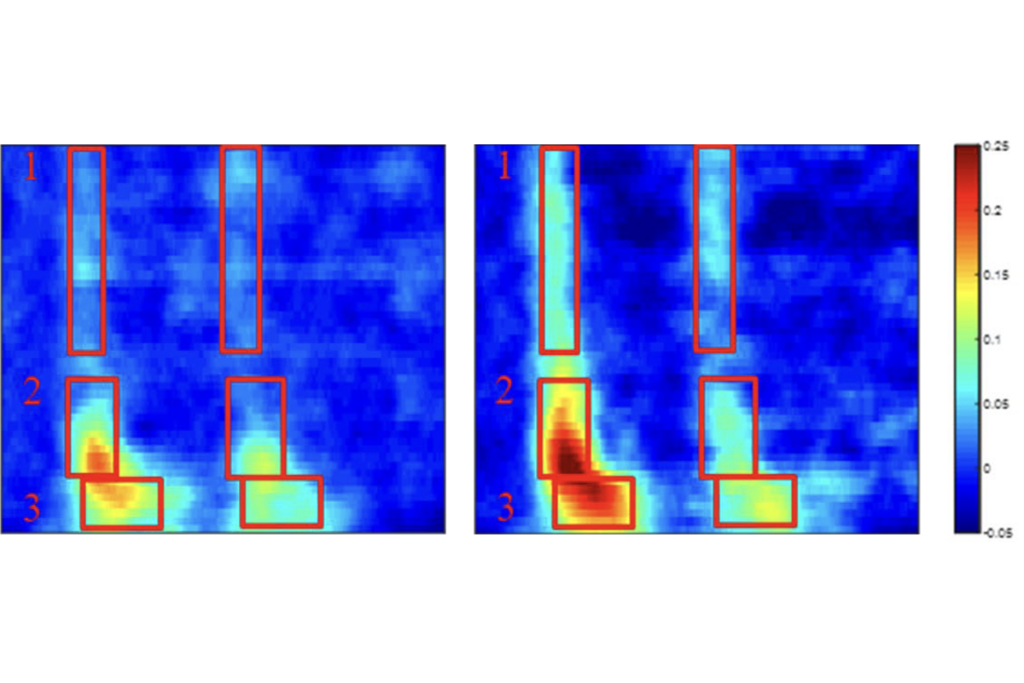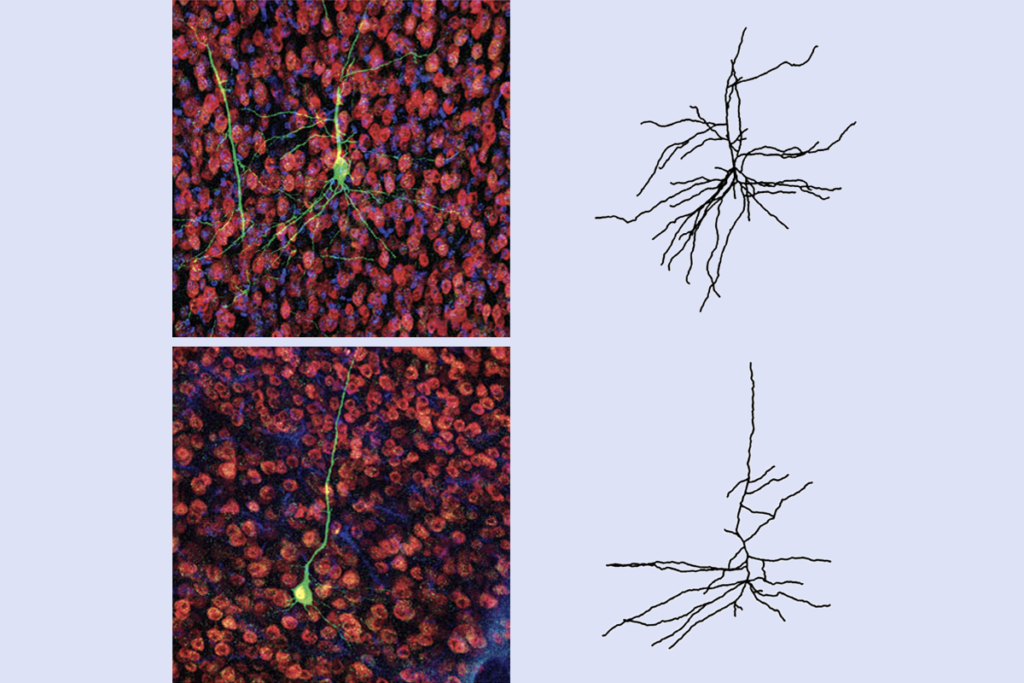Pulling threads: A new study describes how genetic background can influence neurodevelopmental phenotypes linked to a particular gene variant. To wit, when a parent and child both carry the 16p12.1 deletion, they often experience different clinical presentations. The researchers evaluated 17 classes of secondary variants and identified those that influenced risk for specific traits, such as neurological issues. In addition, the relationship between genotype and phenotype varied depending on inclusion criteria for a study population, further complicating this kind of network analysis. Cell
Parsing phenotypes in people with shared autism-linked variants; and more
Here is a roundup of autism-related news and research spotted around the web for the week of 13 October.
By
Jill Adams
14 October 2025 | 2 min read

Act your age: Human cortical organoids continue to develop and mature in culture over the course of five years (top row: 6, 9, 12, 18 months; bottom row: 2, 3, 4, 5 years).
Rescue mission: Boosting levels of the protein ASCC3, which regulates ribosomes, may reverse impairments linked to fragile X syndrome, according to a new paper. The investigators used a modified form of CRISPR to demonstrate this novel therapeutic strategy. In the process, they better define the links between cellular processes and the FMRP protein, which is key to the syndrome. Last week, The Transmitter covered another novel CRISPR therapy approach, targeting the consequences of SCN2A haploinsufficiency. Science Translational Medicine
More autism research we spotted:
- “A precision health approach to medication management in neurodevelopmental conditions: A model development and validation study using four international cohorts” medRxiv
- “Human brain organoids record the passage of time over multiple years in culture” bioRxiv
See also: “Brain ‘chimeroids’ reveal person-to-person differences rooted in genetics” - “Activity deprivation modulates the SHANK3/HOMER1/mGluR5 signaling pathway to enable synaptic upscaling” The Journal of Neuroscience
- “Restoration of NEXMIF expression rescues abnormalities in gene transcription, neuron maturation and autistic-like behaviors in NEXMIF knockout mice” Translational Psychiatry
- “Early white matter microstructure alterations in infants with Down syndrome” NeuroImage
tags:
Recommended reading

Among brain changes studied in autism, spotlight shifts to subcortex
By
Holly Barker
11 December 2025 | 5 min read
Home makeover helps rats better express themselves: Q&A with Raven Hickson and Peter Kind
By
Holly Barker
4 December 2025 | 0 min watch
Explore more from The Transmitter

New findings on Phelan-McDermid syndrome; and more
By
Jill Adams
2 September 2025 | 2 min read

Structural brain changes in a mouse model of ATR-X syndrome; and more
By
Jill Adams
19 August 2025 | 2 min read
Cite this article:

